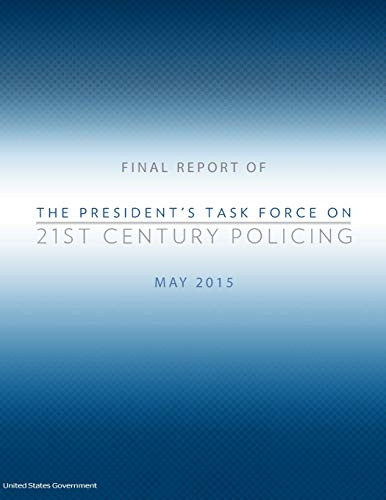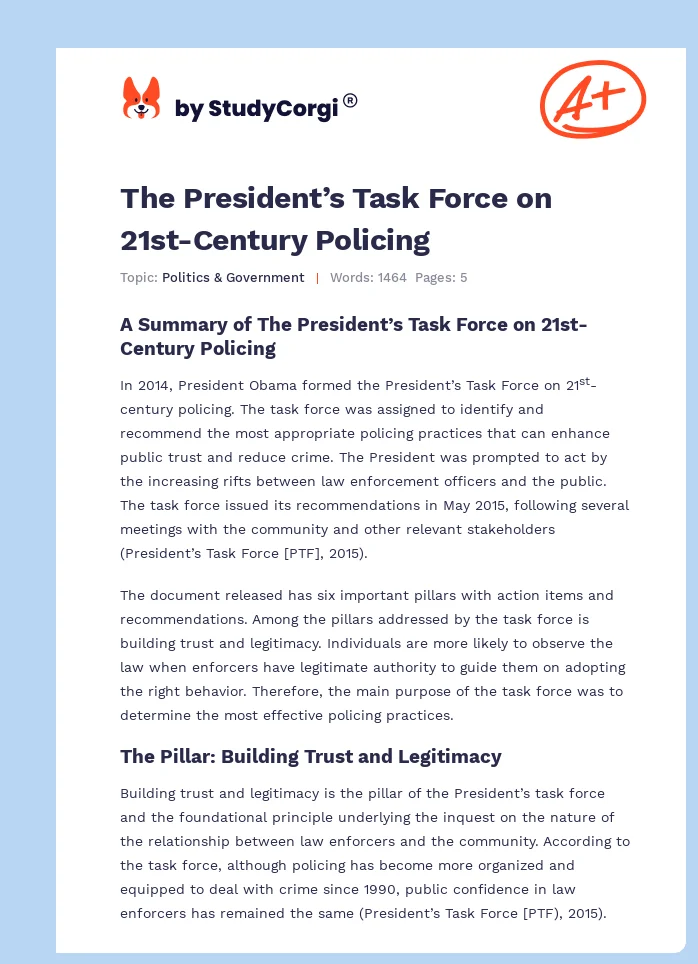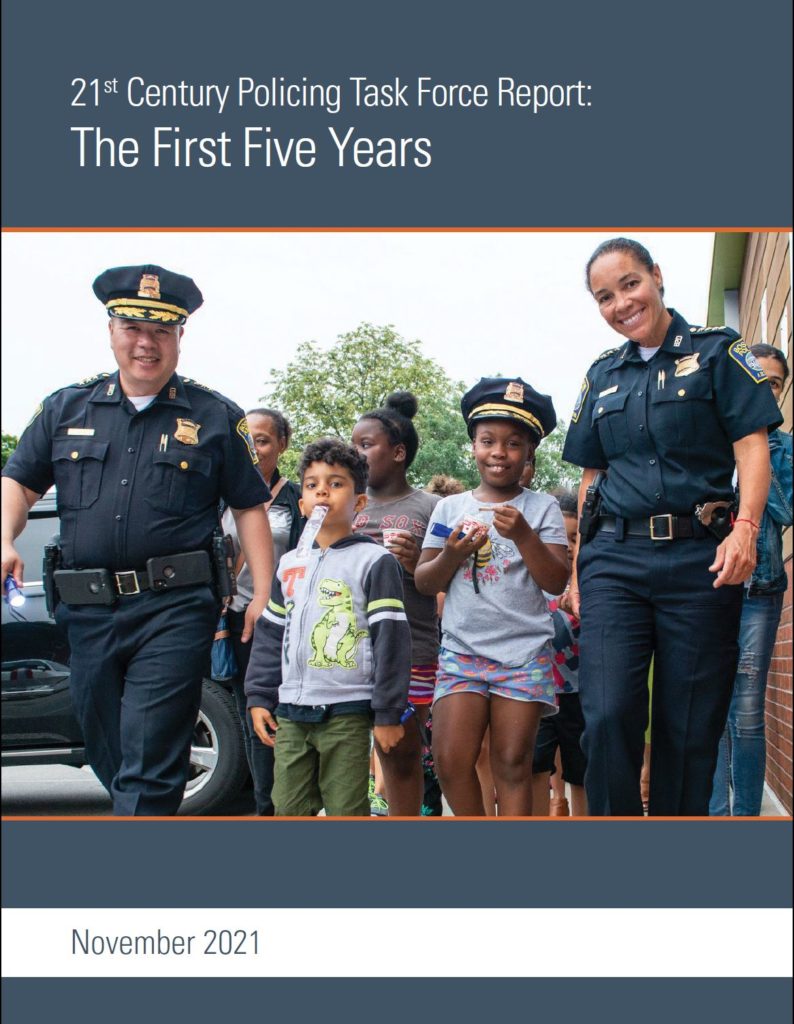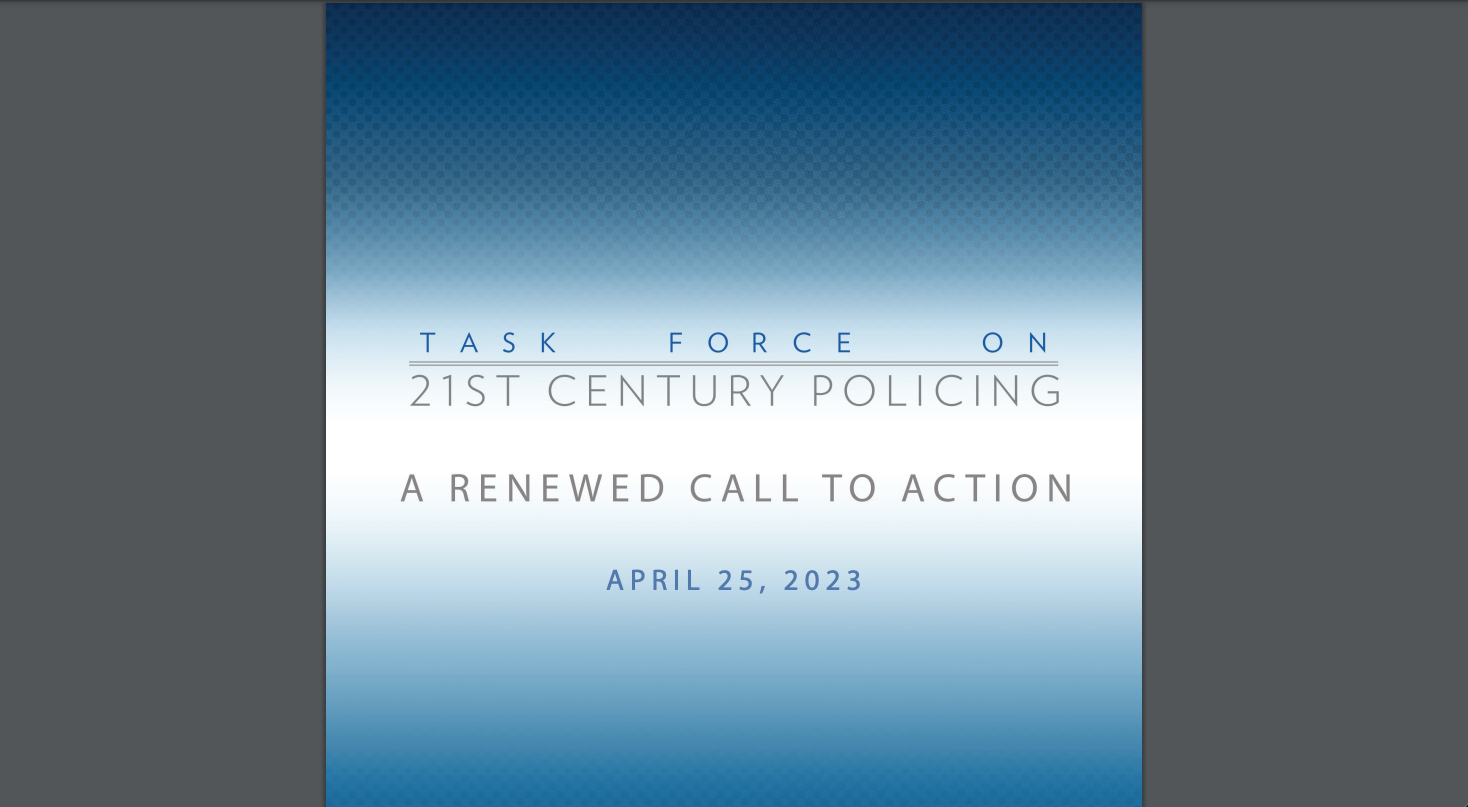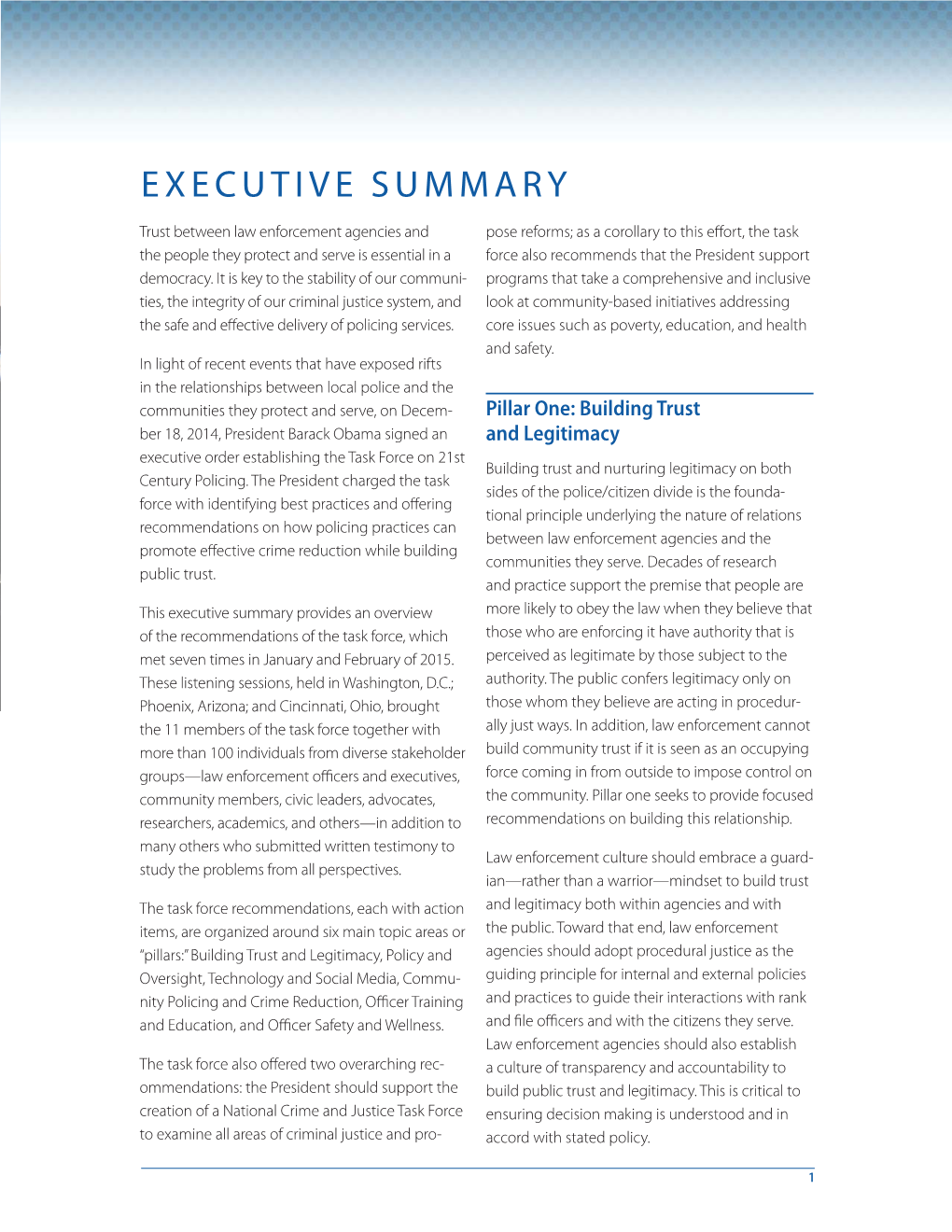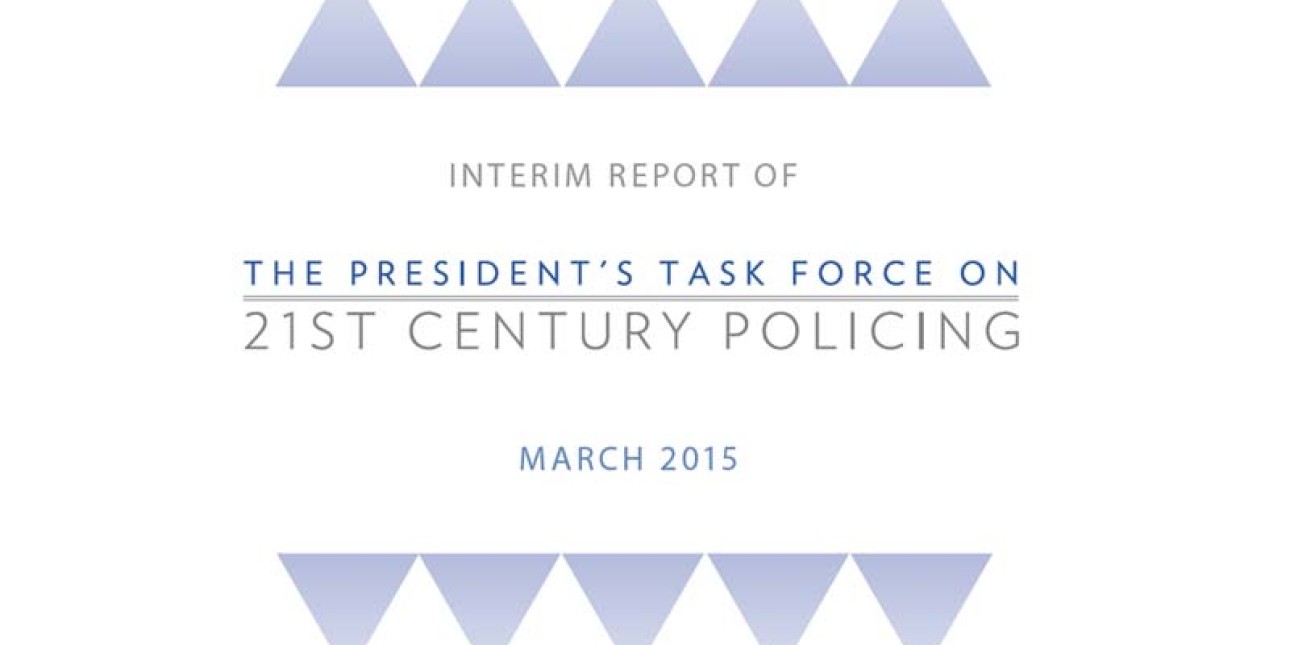The President's Task Force On 21st Century Policing
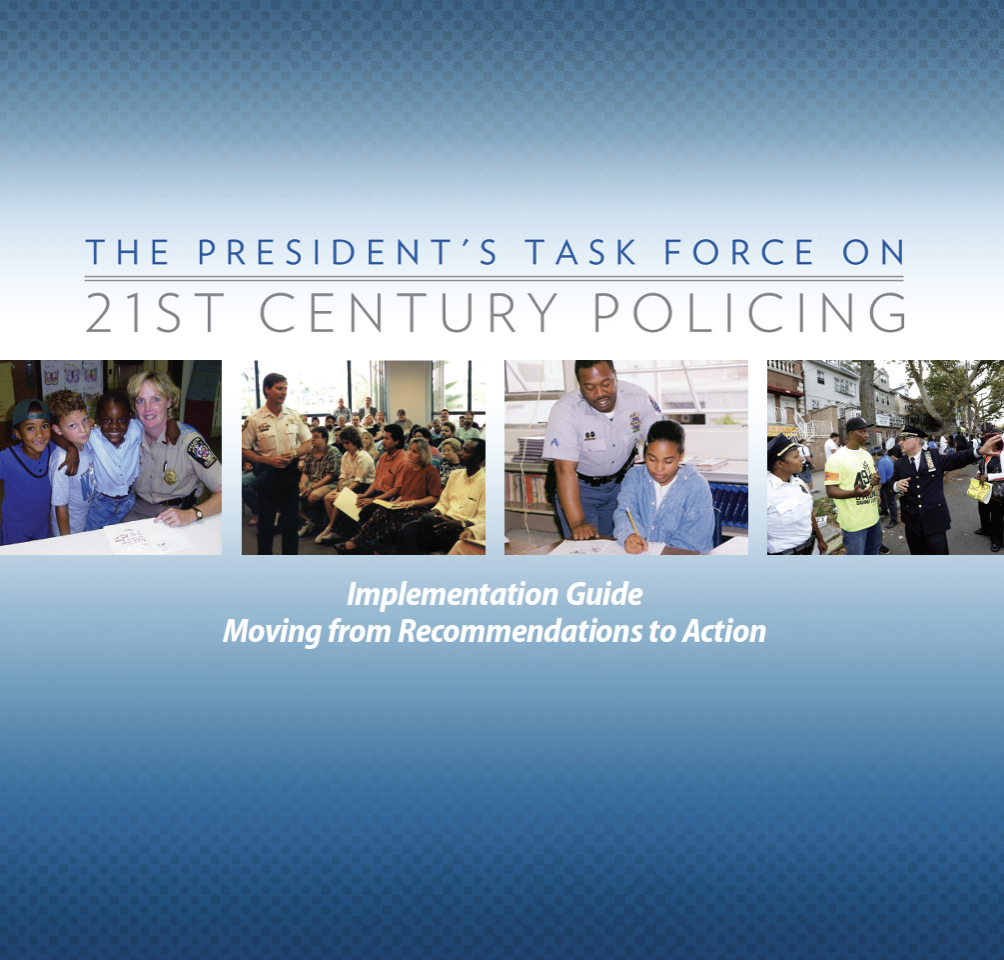
Washington D.C. – The President’s Task Force on 21st Century Policing, established in 2014, is under renewed scrutiny as communities grapple with ongoing concerns about police practices and accountability.
This task force, created in response to national unrest following the death of Michael Brown in Ferguson, Missouri, aimed to build trust between law enforcement and the communities they serve through concrete recommendations and policy changes.
Background and Formation
In December 2014, President Barack Obama signed an executive order establishing the President’s Task Force on 21st Century Policing.
The task force was chaired by Charles Ramsey, then Philadelphia Police Commissioner, and Laurie Robinson, a professor at George Mason University.
Its mandate was to identify best practices and offer recommendations on how policing practices could promote effective crime reduction while building public trust.
Key Recommendations
The task force issued its final report in March 2015, containing six pillars of recommendations. These pillars focused on:
Pillar 1: Building Trust and Legitimacy
This pillar emphasized the importance of procedural justice, transparency, and accountability in policing.
Recommendations included adopting policies that promote fairness and respect in interactions with the public.
Pillar 2: Policy and Oversight
The report called for comprehensive policies on the use of force, bias-free policing, and data collection.
It also urged the implementation of robust oversight mechanisms, including civilian review boards.
Pillar 3: Technology and Social Media
The task force recognized the growing role of technology in policing.
It recommended that law enforcement agencies develop policies on the use of body-worn cameras and social media to ensure transparency and accountability.
Pillar 4: Community Policing and Crime Reduction
This pillar highlighted the importance of building strong relationships between police and the communities they serve.
Strategies included engaging in collaborative problem-solving and addressing the underlying causes of crime.
Pillar 5: Training and Education
The report called for enhanced training for law enforcement officers on topics such as implicit bias, de-escalation techniques, and cultural competency.
It also emphasized the importance of ongoing professional development to ensure officers are equipped to handle the complex challenges of modern policing.
Pillar 6: Officer Wellness and Safety
Recognizing the stressful nature of police work, the task force recommended that agencies prioritize officer wellness and safety.
This included providing access to mental health services and promoting a culture of support and resilience.
Impact and Implementation
Following the release of the report, various jurisdictions across the country attempted to implement the task force’s recommendations.
The Department of Justice (DOJ) provided grants and technical assistance to support these efforts. However, the extent of implementation varied widely.
A 2016 report by the Police Executive Research Forum (PERF) found that while many agencies had taken steps to improve community relations and adopt new technologies, progress on issues such as bias-free policing and data collection remained uneven.
Furthermore, shifts in political priorities and funding levels under subsequent administrations impacted the momentum of the initiative.
The Trump administration, for example, scaled back DOJ oversight of local police departments and shifted its focus towards supporting law enforcement rather than promoting reform.
Current Status and Challenges
In the wake of recent high-profile incidents of police brutality, the recommendations of the President’s Task Force on 21st Century Policing are once again at the forefront of national debate.
Advocates for police reform argue that the task force’s recommendations provide a roadmap for building trust and accountability, while critics argue that they do not go far enough to address systemic issues of racism and inequality in policing.
Data from the Mapping Police Violence project reveals continued disparities in police use of force, with Black individuals disproportionately more likely to be killed by police than white individuals.
This data underscores the urgent need for comprehensive police reform and the importance of addressing the underlying issues that contribute to racial bias in policing.
Looking Ahead
Several members of Congress are currently working on legislation to codify some of the task force’s recommendations into law.
These efforts aim to ensure that police departments across the country adhere to national standards on issues such as the use of force, data collection, and transparency.
Additionally, community organizations and advocacy groups are working to hold law enforcement agencies accountable for implementing reforms and addressing systemic issues of racism and inequality in policing.
The ongoing debate over police reform highlights the complex challenges of balancing public safety with the need for accountability and justice.
It remains to be seen whether the recommendations of the President’s Task Force on 21st Century Policing will ultimately lead to lasting change in American policing.
